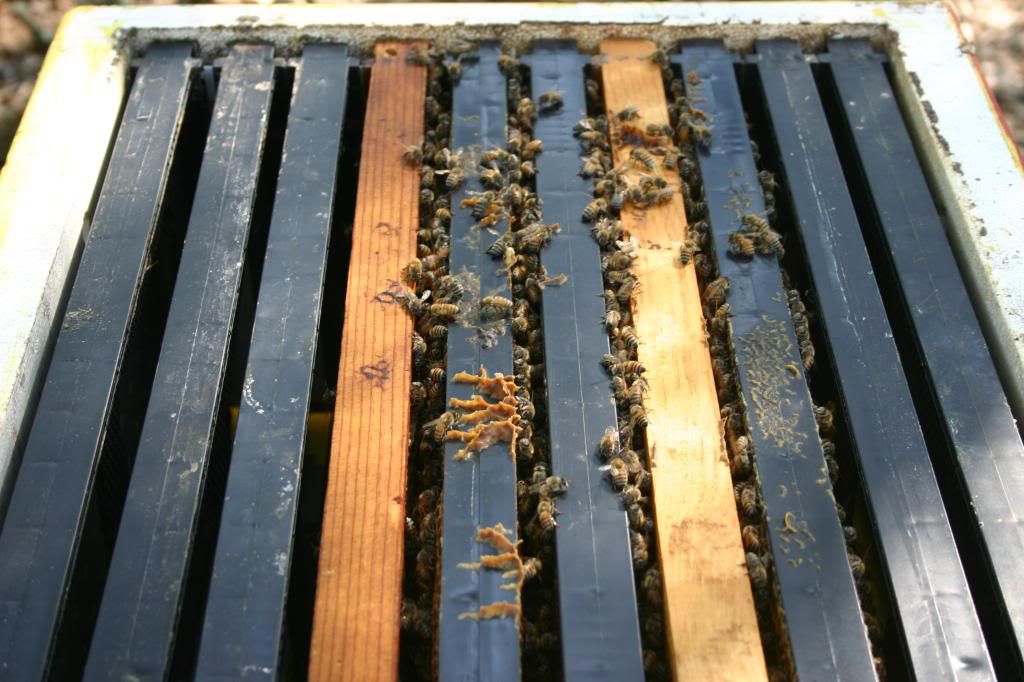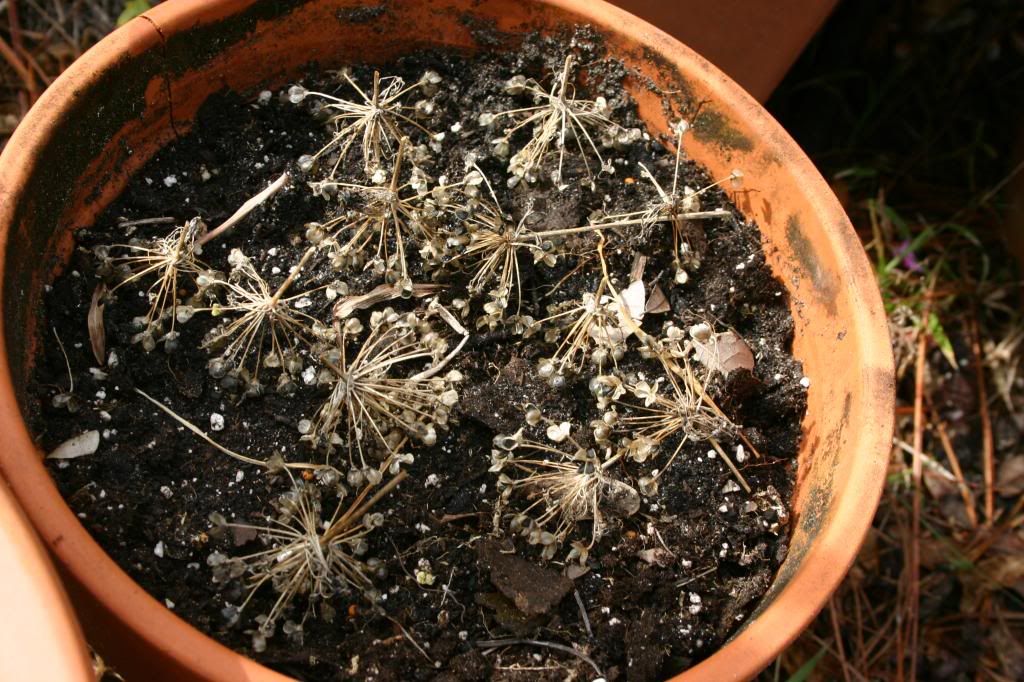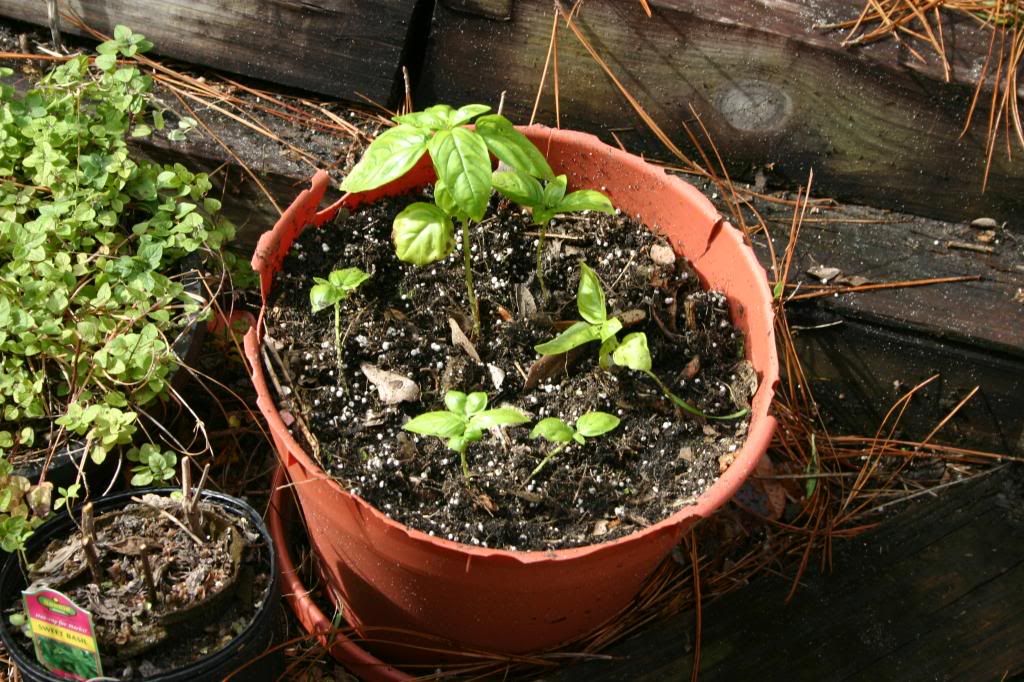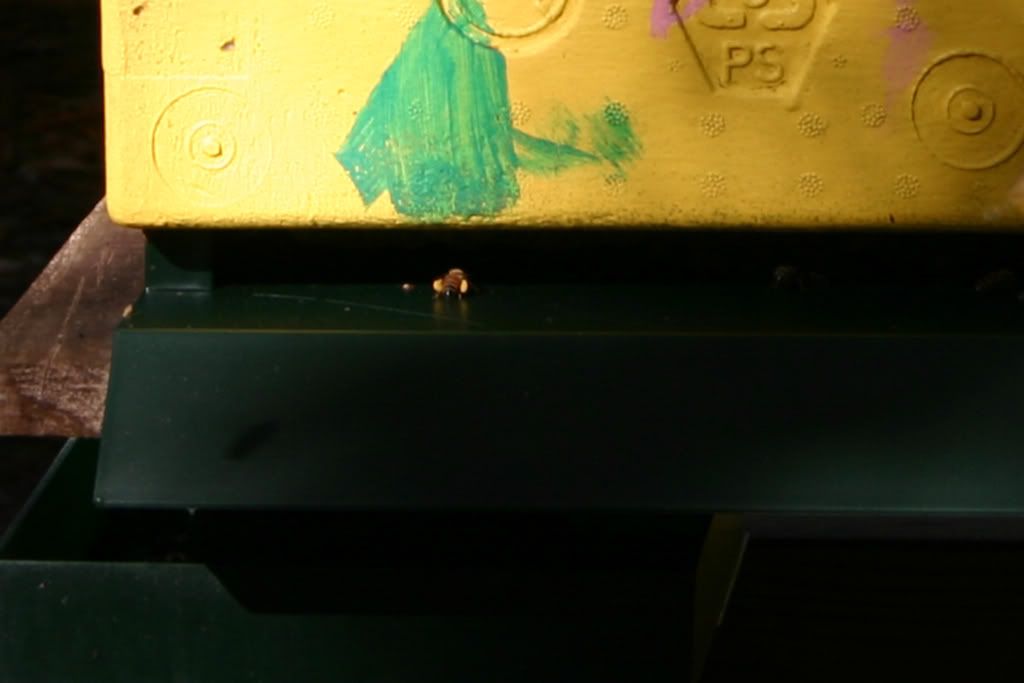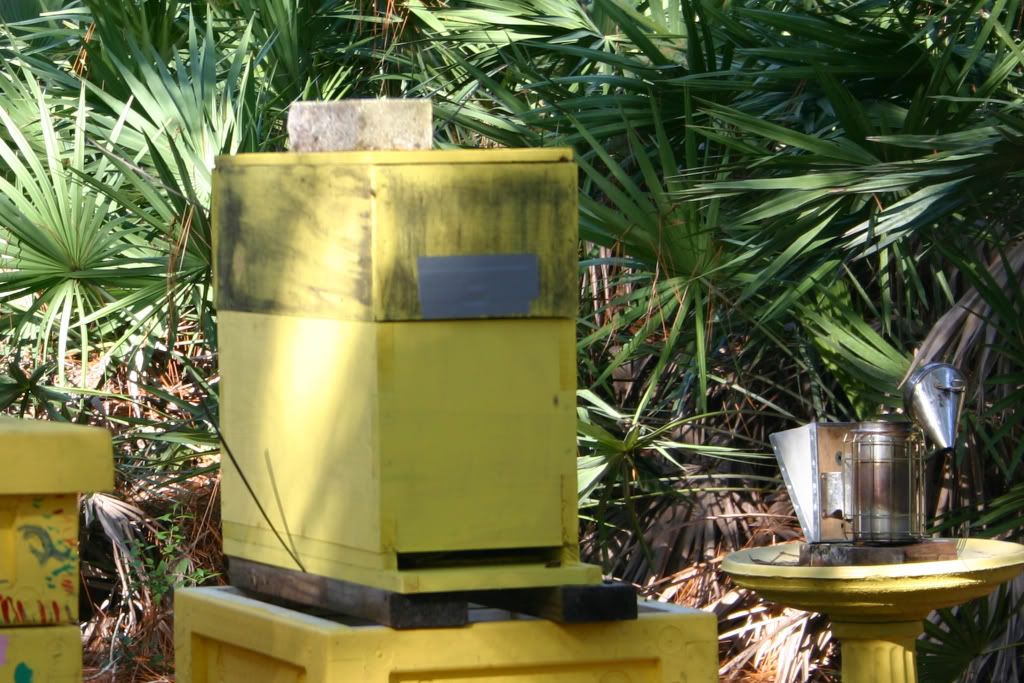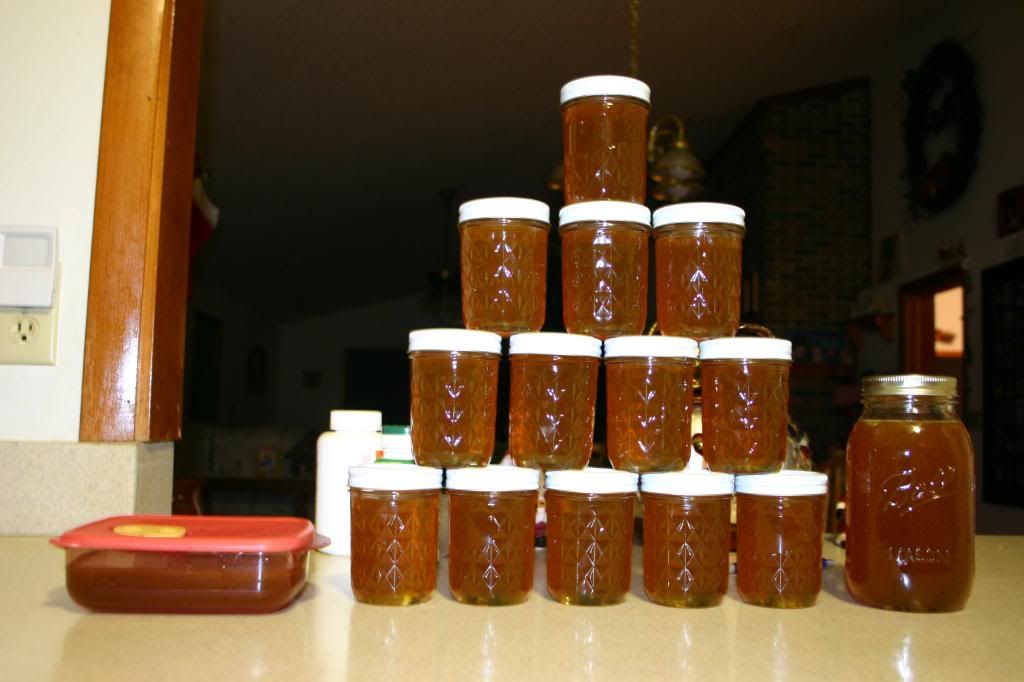Central Florida Bee Blooming plants for January :
· Sand Pine · Maple · Willow
 Central Florida Bee Blooming plants for February:
Central Florida Bee Blooming plants for February:· Sand Pine · Maple · Willow · Plum · Cherry · Oak · Walther Viburnum · Sweet Clover · Blueberry · Haw · Fetterbush
February 2009-Pollen Count *32934
 Central Florida Bee Blooming plants for March:
Central Florida Bee Blooming plants for March:
· Willow · Sand Pine · Maple · Willow · Plum · Cherry · Oak · Walther Viburnum · Sweet Clover · Blueberry · Haw · Fetterbush · Orange · Spanish Needle
March 2009-Pollen Count *32934
 Central Florida Bee Blooming plants for April:
Central Florida Bee Blooming plants for April:
Orange · Sweet Clover · Wild Blueberry · Haw, Fetterbush · Spanish Needle · Galberry · Dog Hobble · Palmetto · Mexican Clover · Butter Mint
April 2009-Pollen Count *32934

Central Florida Bee Blooming plants for May:
Fetterbush · Spanish Needle · Galberry · Dog Hobble · Palmetto · Mexican Clover · Butter Mint ·
Palm · Gopher Apple · Joint Weed · Sandhill Prarie Clover · Spiderwort/day Flower
Central Florida Bee Blooming plants for June:
Spanish Needle · Dog Hobble · Palmetto · Mexican Clover · Palm · Gopher Apple · Joint Weed · Sandhill Prarie Clover · Spiderwort/day Flower · Mangrove · Red Bay · Cabbage Palm
Central Florida Bee Blooming plants for July:
Spanish Needle, Palmetto, Mexican Clover, Buttermint, Palm, Gopher Apple, Joint Weed, Redbay, Sandhill, Prairie Clover, Partridge Pea, Mangrove, Primrose Willow, Spiderwort/Dayflower
Central Florida Bee Blooming plants for August:
Spanish Needle · Mexican Clover · Weed · Redbay · Prairie Clover · Partridge Pea · Mangrove · Primrose Willow · Spiderwort/Dayflower
Central Florida Bee Blooming plants for September:
Spanish Needle · Mexican Clover · Redbay · Primrose Willow · Spiderwort/Dayflower · Spotted Mint · Goldenrod · Vine Aster · Sumac · Smart Weed · Brazilian Pepper · Bush Aster
Central Florida Bee Blooming plants for October:
Spanish Needle · Brazilian Pepper
Central Florida Bee Blooming plants for November:
Mexican Clover · Primrose Willow · Spotted Mint · Golden Rod · Vine Aster · Smart Weed · Bush Aster

